Chemosynthesis:
Synthesis of food from inorganic substances requires energy. The ability to use the energy of sunlight for this purpose is a property of green plants only. There are certain non-green bacteria which can manufacture organic food from carbon dioxide and water. They cannot use light energy for this purpose because they do not contain chlorophyll. The energy used by them is derived from the oxidation of certain inorganic substances. This process of synthesis of food with the help of the energy of chemical reactions is called chemosynthesis.
Examples of chemo-synthetic bacteria are the nitrifying bacteria of the soil which oxidize ammonia to nitrous acid and nitrous acid to nitric acid. Other chemosynthetic bacteria are the iron bacteria which oxidize ferrous form of iron to ferric form, sulfur bacteria which oxidize hydrogen sulphide to sulfur and sulfuric acid and hydrogen bacteria that oxidize hydrogen to water. In all these oxidation processes, energy is liberated and this energy is utilized by the bacteria in making carbohydrates from carbon dioxide and water.
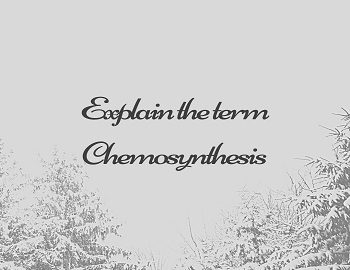

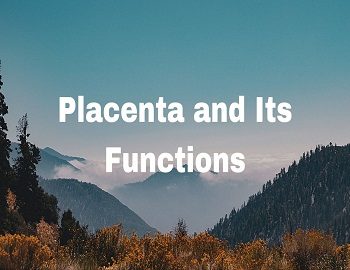
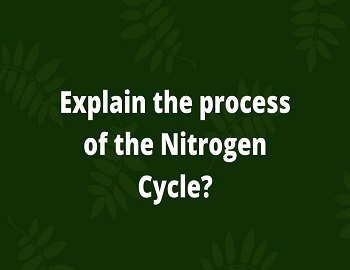
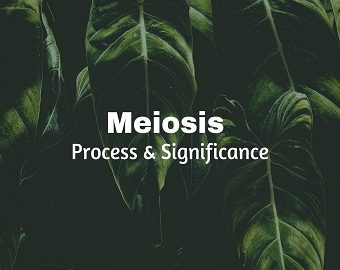
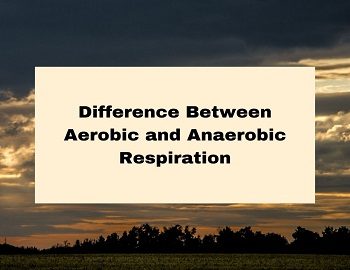



Comments (No)